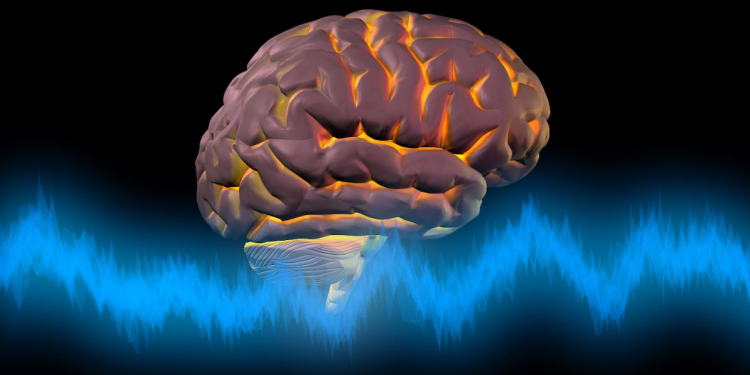By Dr. Shane Steadman, DC, DACNB, DCBCN, CNS
We often think of meditation as a metaphysical or religious practice. Many use activities such as mindfulness, deep breathing, and meditation to calm down the sympathetic system (fight or flight) to help us get through the day. But what if we thought of it from a neurological perspective? Possibly many more people would engage in this activity.
Like everything we do, meditation results in neuroplasticity,meaning the more we stimulate a certain pathway, the more efficient it becomes. This includes positive or negative neurological pathways (i.e., chronic pain or playing an instrument). The more we engage in an activity the more conditioned we become, leading to longer lasting effects.
There have been different studies regarding the mindfulness meditation practice of Buddhist monks. There are even comparisons between meditators and non-mediators, and thickness in different areas of their brains. Areas like the prefrontal cortex and the anterior cingulate have an increase in thickness responsible for focus, concentration, impulse control, and body awareness, to name a few. Studies found other areas that decrease activities associated with the insula cortex, responsible for pain perception. Other studies have been conducted to understand the effects of brain waves and long-term effects (i.e., https://www.pnas.org/doi/10.1073/pnas.0407401101). Being able to modulate or normalize brain wave activities can result in positive effects with functions such as mood and sleep.
When a person engages in mediation, there is usually the associated deep breathing. But deep breathing is another activity prescribed and taught in many groups. Different types of deep breathing taught include belly breathing, lion breath, equal breathing, and resonant breathing. There are many different styles of breathing techniques but they all impact lung expansion and oxygenation to the brain.
The brain needs 3 things for function: glucose, oxygen, and stimulation. Oxygen supports mitochondrial function, the power plant of the neuron. Through the different breathing exercises, people can increase their oxygen and build plasticity within the lungs. Oxygen can also be anti-inflammatory and heal tissue. Finally, increasing oxygen can positively affect the autonomic nervous system.
Incorporating the practices of mindful meditation, deep breathing, and other self-reflective calming activities can bring a profound effect to the mind and body. There is more information and more studies being done showing the benefits and the long-term effects. Many of the studies show positive outcomes, such as increased brain tissue associated with empathy, focus, and memory while decreasing areas resulting in abnormal pain perception.
It is not just a metaphysical practice. It truly is something everyone should implement. While most will say there is not enough time in the day, that is probably the reason to start. Neuroplasticity is doing something repetitively to a point that it does not take much to activate that system. It might be difficult at the beginning, and may feel like it needs to be done for hours to see an outcome. Over time it will not take as much work to get the same effects. Improving the brain body connection along with increasing oxygen can net results lasting well into the future.
Dr. Shane Steadman, DC, DACNB, DCBCN, CNS, is the owner and clinic director of Integrated Brain Centers. To learn more about how they can help with concussions, stroke, and TBIs, please visit www.integratedbraincenters.com. For a free consultation, please call 303-781-5617.











